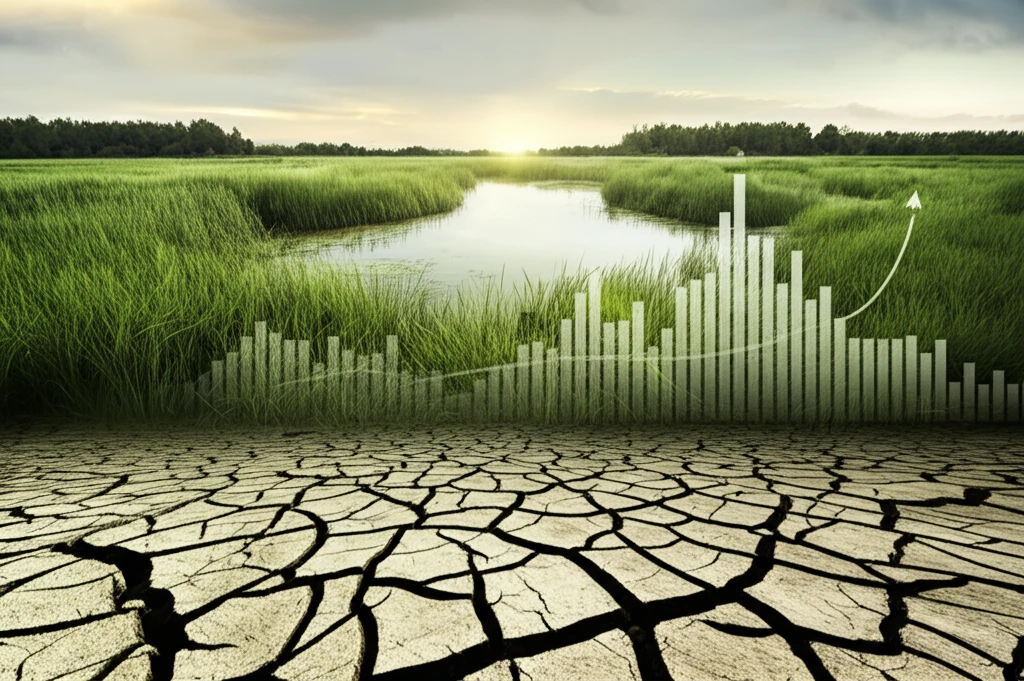
Is Your Local Wetland Disappearing? A New Way to Track and Protect These Vital Ecosystems
"Discover how power-law functions are revolutionizing wetland monitoring, offering a simple yet effective tool to assess losses and guide conservation efforts."
Wetlands are essential. They might not always be the first thing that comes to mind when we think about vital ecosystems, but these areas provide critical functions, from flood control and water purification to biodiversity support. Unfortunately, wetlands are under constant threat from human activities, leading to their degradation and outright destruction.
The loss of wetlands isn't just an environmental issue; it impacts our communities, economies, and overall well-being. Healthy wetlands help mitigate flood risks, improve water quality, and provide habitats for countless species. When wetlands disappear, we lose these invaluable ecosystem services.
Traditionally, assessing wetland loss has been a challenge due to inconsistent data and diverse interpretations. However, a new approach using power-law functions offers a standardized and effective way to monitor wetland changes and inform conservation strategies. This method promises to revolutionize how we understand and protect these vital ecosystems.
Power-Law Functions: A New Tool for Wetland Monitoring

At the heart of this innovative approach lies the use of power-law functions. These mathematical relationships describe the size distribution of wetlands in a natural landscape. Imagine plotting the area of a wetland against how frequently that size of wetland occurs; in a natural environment, this relationship follows a predictable pattern. Deviations from this pattern can signal disturbances, whether from natural causes like climate change or human activities like development.
- Objective Estimates: Provides standardized, objective measurements of both permanent and temporary wetland loss.
- Policy Evaluation: Helps determine if wetland protection policies are effective in reducing wetland loss.
- Broad Application: Can be applied across large geographic areas, providing a consistent method for monitoring wetlands over time.
The Future of Wetland Conservation
The innovative use of power-law functions offers a promising path forward for wetland conservation. By providing a standardized, cost-effective method for monitoring wetland loss, this approach empowers scientists and policymakers to make informed decisions and implement effective conservation strategies. As we face increasing environmental challenges, embracing such innovative tools is crucial for protecting these vital ecosystems and ensuring a sustainable future.
